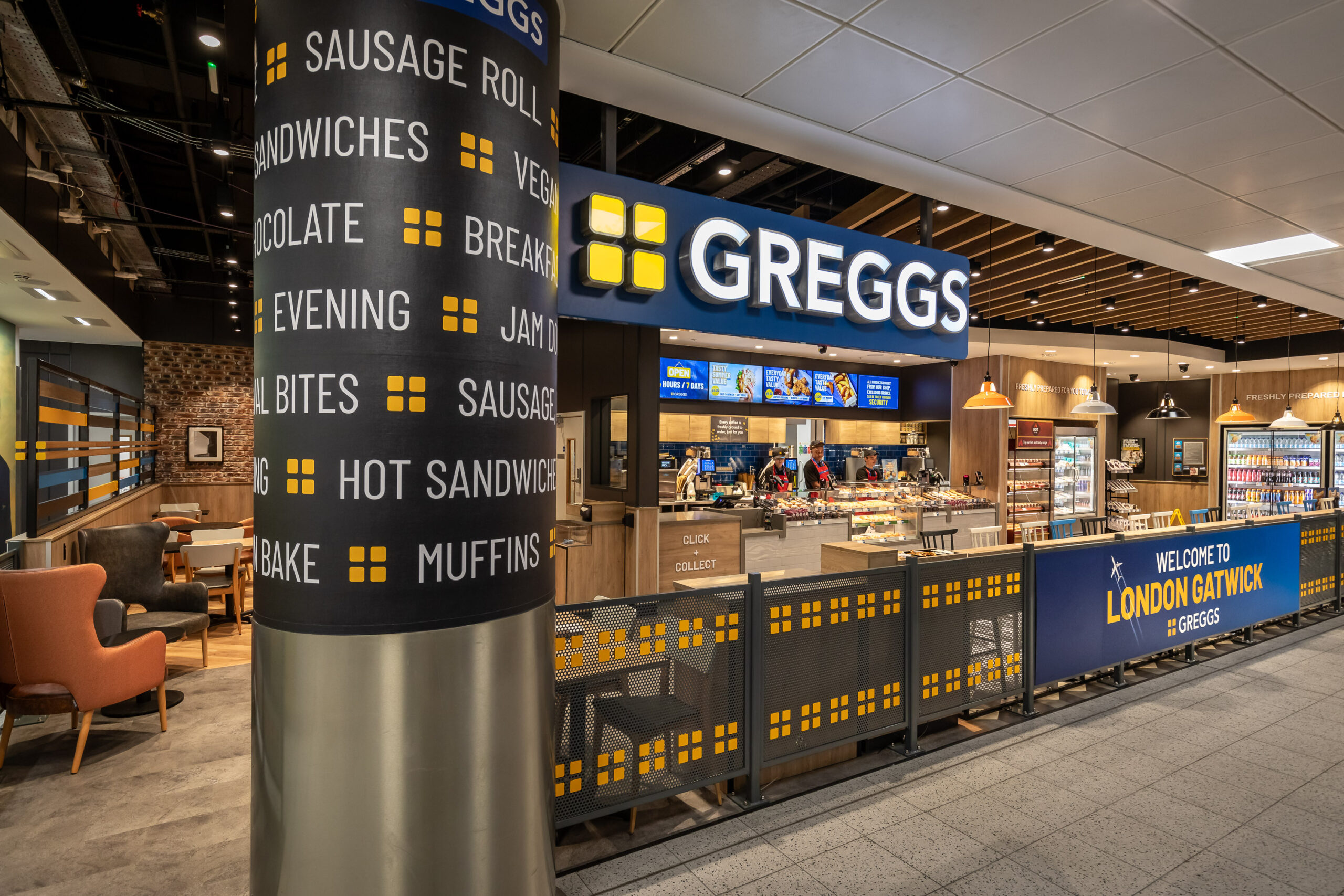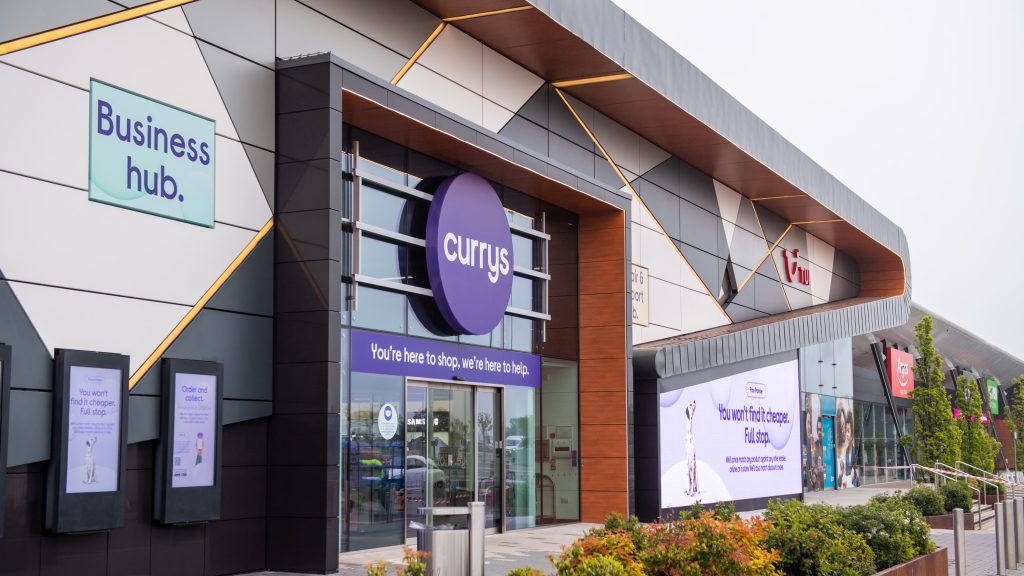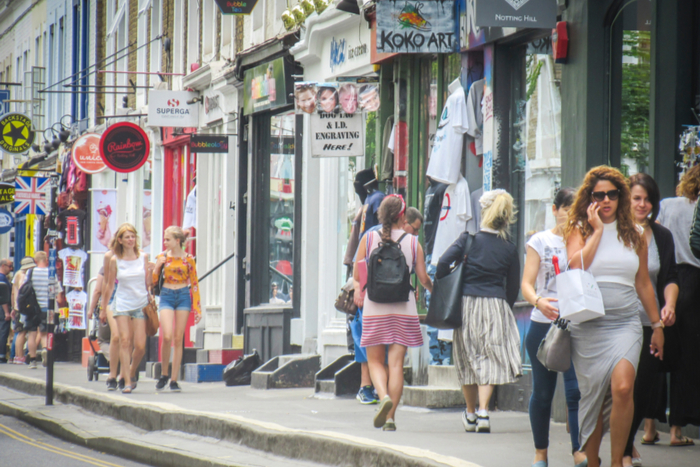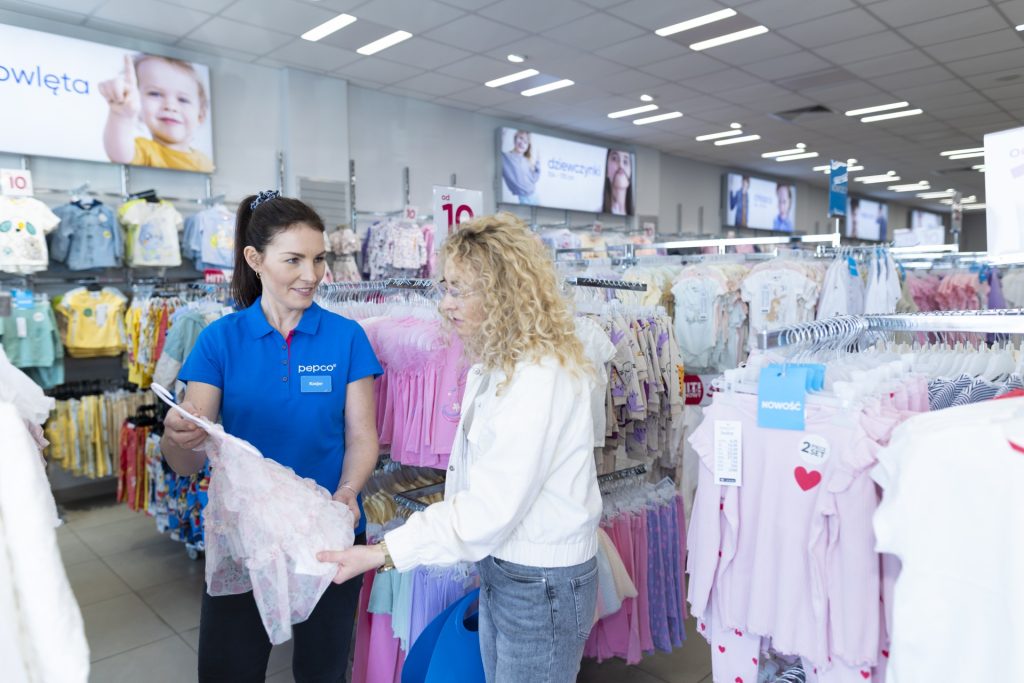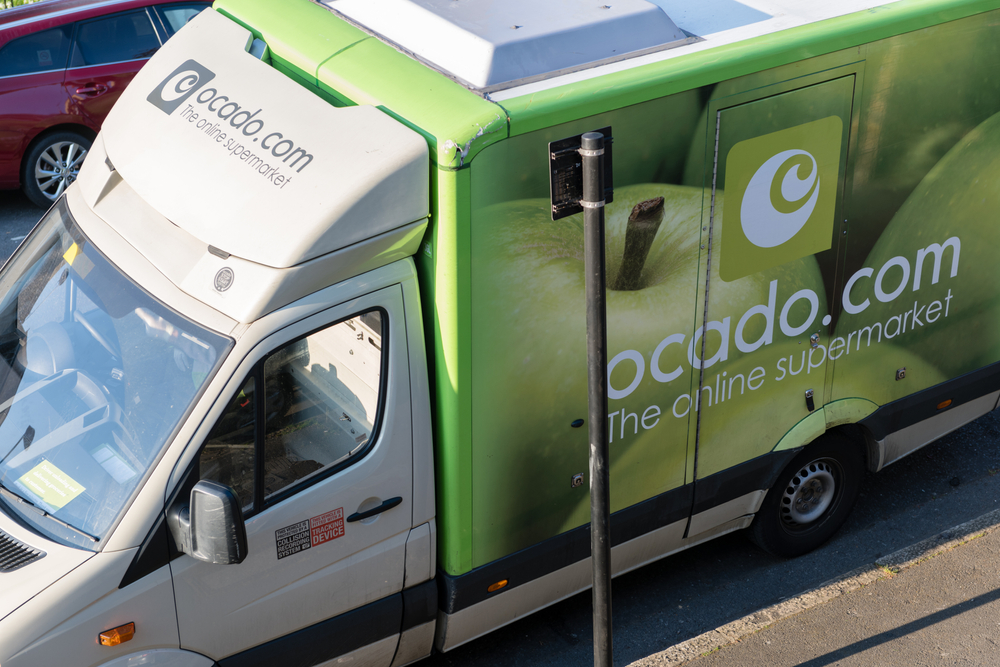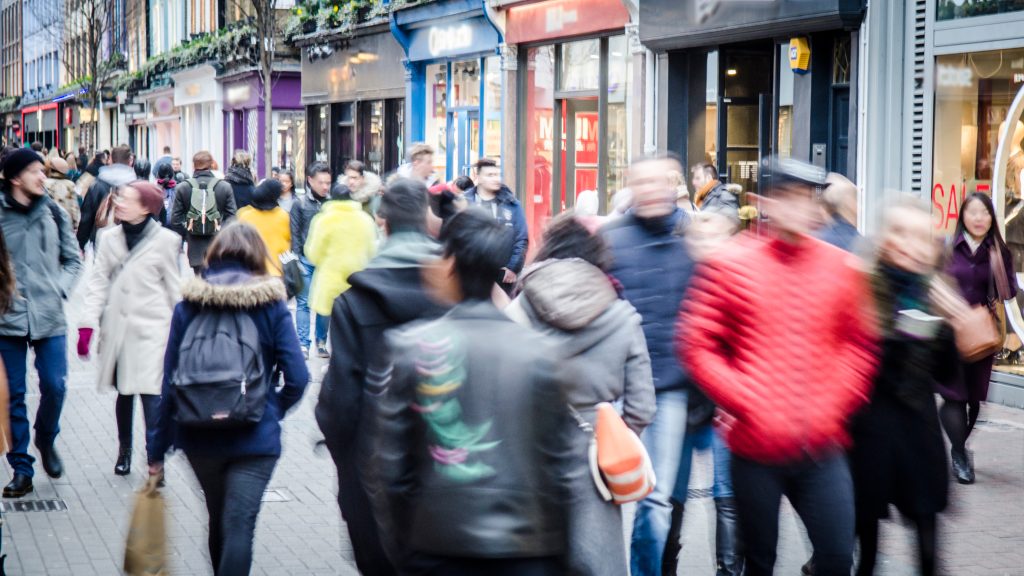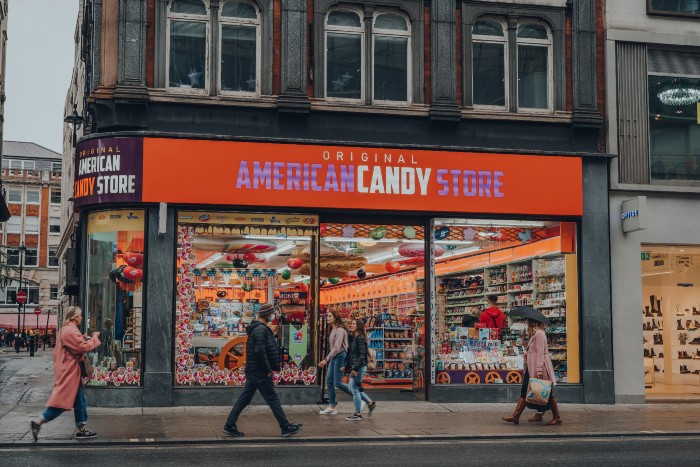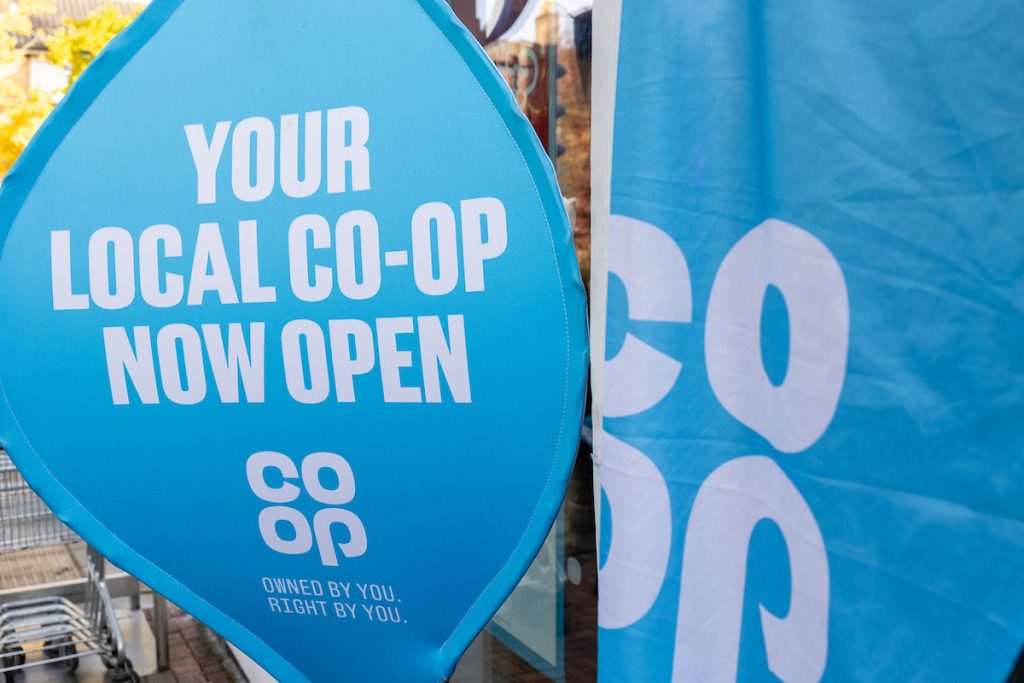Currently the biggest brand in the world, Apple is one of the defining companies of the decade. Its innovative approach has ensured that it‘s not just changed the face of technology, but also of retail. Apple has reinvented stores and created a genuinely new experience for shoppers, attracting more than a billion shoppers since the stores launched in 2001 and driving US profits of $3million per store, per quarter. This article explores how smaller retailers can learn from the brand, and be inspired to improve their own stores.
Apple‘s stores are designed in a very specific way, featuring large, “kitchen style” tables which allow customers to trial as many products as they like and get to know how they work. Store employees are trained to be experts in the products, meaning that no question is too big or too small. Apple also employs roving sellers who allow customers to pay through their iTunes account on an iPad, anywhere in the store. This removes the potential for large queues and makes the overall experience more personal. In addition, it is another opportunity to showcase what the technology can do.
Unsurprisingly, many smaller businesses see the brand as the pinnacle of retail success, and the principle of tailoring a store to its customers is certainly something which can be adopted by other businesses. However, it‘s important to remember that the way Apple approaches this is very specific to its audience, so while smaller retailers may be inspired by the brand, they must also find their own version of “the Apple way”.
The following example demonstrates an occasion where Apple‘s way of retailing was demonstrably unsuitable for another type of retailer. When US department store J.C. Penney Co. hired Ron Johnson as CEO from Apple in November 2011, the company was looking for a dramatic creative transformation. Johnson wanted to make J.C. Penney‘s merchandise more fashionable, simplify the pricing structure and arm shop assistants with iPads, as he‘d done at Apple, but he failed to consider the different target market, weak eCommerce offering, and lack of physical space. While Apple invents new products and offers them as part of a limited range, J.C. Penney sells thousands of products, almost all of which are available elsewhere. It lacks Apple‘s exclusivity, and has a very different set of consumer demands. Johnson‘s changes to the store led to falling sales and an unhappy customer base, and in April this year, he and J.C. Penney parted ways.
Apple clearly has a very successful way of selling to its customers, so why doesn‘t it work for every retailer? Firstly, most stores simply aren‘t as profitable. In 2011, Apple took more money per square foot than any other US retailer. With such high value products, it can afford to have large numbers of staff in-store and to pay for their in-depth training. Additionally, it‘s simply not necessary for most retailers to take their customers through every step of the purchasing experience, although this is very beneficial to Apple‘s customers, who will want to learn about the new technologies they are purchasing.
The key thing to take from Apple is the initiative, rather than the technology. There are a myriad of ways to improve your customers‘ experiences, and you should weigh up the benefits of each before deciding which would work best for you:
Ӣ Staffing levels: Consider the peaks and troughs in your retail week and staff accordingly to ensure that you have people on hand to man tills and offer advice.
Ӣ Satellite payment points: In peak times, you could set up additional satellite payment points which are located separately from your permanent desk and which only accept cash. Bars often use this tactic by adding an additional bar outside, and some types of retailer, especially those in the food and drink space, could take inspiration from this.
Ӣ Self-service tills:



